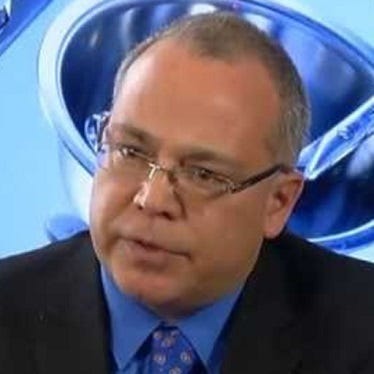So You Wanna Be in Pictures?
James Gormley writes about the importance of radio and TV for brands—and how to get that exposure.
Having been a print magazine editor for various publications for more years than I care to remember, I am still happy to admit that there is nothing that matches the appeal of TV and radio for grabbing consumers, whether during breakfast TV news or drive-time radio.
Case in point: The year was 1999. I had been the editor-in-chief of Better Nutrition magazine for about four years when I had just come out with my first book, a mass-market consumer book about DHA and omega-3 fats.
Lo and behold, the biggest player in that space, at that time, contacted me to see if I would be willing to participate in a radio media tour to support my book and the DHA category.
With my OK, they put my mugshot and pitch about me and my book on the cover of the Radio-TV Interview Report (RTIR), a publication widely read by radio and TV producers. I wound up doing nearly 100 radio interviews in 1999 as a result of that ad and the work of a show booker the company had hired promoting me to producers. Needless to say, the sales of DHA skyrocketed that year, not thanks to me, necessarily, but most assuredly thanks to the message and the work of the booker.
The same year, I was invited by show producers to do several segments on FOX-TV’s Good Day New York to talk about a variety of health topics. Why: thanks to the work of the ad in radio-TV producer publications. This, in turn, helped promote the magazine brand.
But what (or who) will promote your brand?
Ideally, you or your PR firm have identified a number of key influencers, experts or opinion leaders (KOLs), experts who are willing to make supportive statements that support your category (for sure) and your brand (possibly).
These experts can be included in a “Directory of Experts” you send out to media and can also be called upon to give category- (not brand-) supportive quotes and statements to media.
Before we get into suggested radio outlets, you may be asking: How much money do you need to push the sale of a certain product at a given price? According to Inc., a common formula is: If you spend $10 of the selling price of an item that cost $300 on advertising, then you should be willing to spend $3,000 in advertising to sell 300 units and generate $90,000 in sales.
“The other way is to set aside a flat percentage of your total projected sales revenues for advertising, “ notes Inc. “So if you plan to dedicate five percent of your revenues and you expect to bring in $100,000 in sales that year, you would spend $5,000 on advertising.”
Radio programs that are worth considering include:
Steve Lankford’s “Health Quest” Podcast
http://www.healthquestpodcast.com/
Dr. Ronald Hoffman’s “Intelligent Medicine” Podcast
http://drhoffman.com/podcast-2/
The Robert Scott Bell Show
http://radio.naturalnews.com/Archive-RobertScottBell.asp
Prescriptions for Health
Dr. Len Saputo and Nurse Vicki
http://radio.naturalnews.com/Archive-PrescriptionsforHealth.asp
Duke and the Doctor
The Gary Null Show
http://www.wbai.org/program.php?program=29
Sister Jenna’s “America Meditating” Podcast
http://www.blogtalkradio.com/americameditating
But wait, who can manage and produce the ads I need and secure the programs I want?
While there are many outfits out there, AdLab is one of the best. Headed up by Barry Cohen (author of 10 Ways To Screw Up An Ad Campaign: And How to Create Ones That Work), AdLab can help you navigate through the minefield of radio, TV and online advertising, and promotions.
Take home? Find an expert and a service that will utilize your expert to promote your category (or brand, perhaps), but make sure you (and your expert) are in compliance with all applicable FDA guidance and regulations regarding, for example, testimonials. Check out the resources noted here to take your product or brand to the next level.
About the Author
You May Also Like

